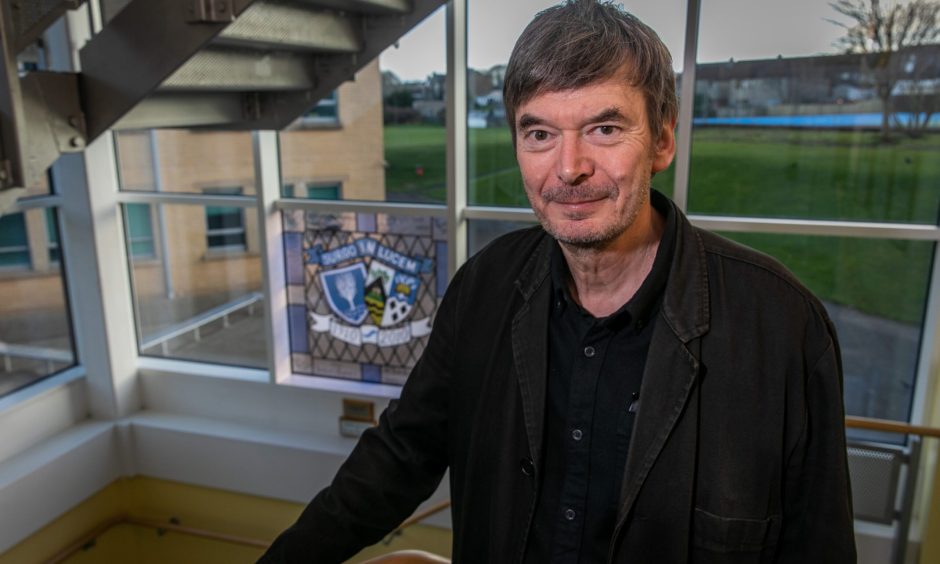
Fights on the rugby pitch, getting the belt for skipping cross-country and learning poetry from Paul Simon lyrics.
These are some of the memories Sir Ian Rankin shares on a visit to his old school to see the English faculty which has been named after him.
The international best-selling author has spoken before of how a talented English teacher at his Cowdenbeath secondary helped set him on his path to literary success.
But during his latest return to his old stomping ground, the crime writer tells more of his schoolboy antics, the teachers who inspired him and his desire to show young people that a working class background should never curb creative ambition.
As soon as he steps off the train from Edinburgh and walks through Cowdenbeath towards the school, he says memories start flooding back.
He says: “There’s all sorts of stuff, fights on the rugby pitch.
(“Doesn’t happen now!”, cuts in rector Steve Ross.)
“One of my best mates broke his arm on the rugby pitch and was in a stooky for months!”
Ian himself claims he didn’t get into scraps himself but does confess to getting the belt on occasion.
Bunking off in the bushes
“It was usually for bunking off. If we went out for cross-country running some of us would hide in the bushes and when they came round the second time we’d join back in. If you got caught doing that you tended to get the belt.”
He adds: “I wouldn’t shut up in class which was sometimes a problem.”
A bump on his chin from stitches is a permanent reminder of one school mishap.
He explains: “The old head, Eric Gray, had to take me to hospital when I fell during a school disco in the last year of high school and gashed my chin open.
“I was sober as a judge too.”
But what really stands out from his time as a “pretty quiet, studious” pupil are the “great teachers” and “good vibe about the place”.
The novelist is most famous for his Detective Inspector John Rebus series, with the 24 books selling more than 30 million copies in at least 36 languages and being made into a television series starring John Hannah then Ken Stott.
Brought up in Cardenden, he went to Beath High School from 1972 to 1978, before leaving to study English at Edinburgh University, where he met wife Miranda, with whom he has two sons, Jack and Kit.
Today’s Beath High School, which opened in 2003, is not the same building he attended but is in roughly the same location and many of his teachers still live locally.
One, Ron Gillespie, Ian has previously credited for recognising and encouraging his talent. But there are others he says helped shaped the person he is today.
He says: “I don’t think I would be doing what I’m doing now if it wasn’t for supportive teachers like Mr Gillespie who taught English and thought I was a good short story writer.”
The pair have been reunited on several occasions, including when Mr Gillespie attended a book-signing event.
Ian recalls: “Mr Gillespie was young, he was approachable, he was working class, but he was incredibly erudite.
“I remember him teaching us things like Paul Simon song lyrics as poetry. I was ‘right, so this is poetry? All these lyrics I read on the backs of albums are actually poems?’
“He was breaking down the barriers between high culture and low culture.”
When he received his knighthood earlier this year, he was touched to receive a letter of congratulations from his old German teacher Nancy Porteous.
He says: “She was great. She and the teacher from the French department would take us on overseas trips.
“The guts she must have had to take 20 or 30 16 and 17-year-olds on a foreign trip!
“We went to Germany one year and Switzerland another.
“I’d never been to Europe and suddenly you’re going to Europe all because of a few willing teachers taking time out of their holidays to take you.”
Although he never returned to live in Fife – staying for a few years in France before returning to Edinburgh – he remains immensely proud of his Fife roots and alma mater.
So much so he uses @beathhigh as his X, formerly Twitter, handle.
But he says: “I have to explain to people what it is. They say ‘Be-ath High, is that Gaelic or something?’ Some people think it’s a misspelling of breath!”
Sir Ian Rankin English Faculty
The naming of the school’s faculty after him is the latest expression of a close tie he has developed with the school through rector Steve Ross.
Ian sponsors a creative writing prize for pupils, attends their prize-giving ceremonies and has delivered workshops for both staff and pupils.
He says: “When I come along I hope what they see is someone from the same background as them and think ‘if he can do it, I can do it’.
“My parents were not great readers, there weren’t many books in the house but I just got the bug early on and via the local library, and with a series of good English teachers the bug kept going.”
And he revealed that Beath pupils know how to get down to brass tacks.
He said: “The first time I came and did a big talk, they were quite shy and the only question I got asked was ‘how much [money] do you make?’
“That’s a thing you don’t get asked at literary festivals!”
Seeing the Sir Ian Rankin English Faculty plaque for the first time, he said: “It’s a thrill because English is the only subject I was really any good at at school.
“My parents thought I was going to leave school and go to uni to train to be an accountant and I had to break the terrible news to them that what I really wanted to do was study English.”
Beath High School already has the Sir James Black Science Faculty, named after another former pupil, the Nobel Prize-winning pharmacologist who developed the beta blocker, propranolol, used for treating heart disease.
Mr Ross says the idea of a similar dedication came from Ian’s knighthood.
The title, he says, makes department staff and pupils feel part of “something quite special”.
“We have a multi-award-winning worldwide author who is a former pupil now affiliated through name with their faculty.
“There’s a real sense of pride within the school.
“It cements the idea that there’s something special in Beath and that we aspire. Why do we aspire? Just look at our history.”
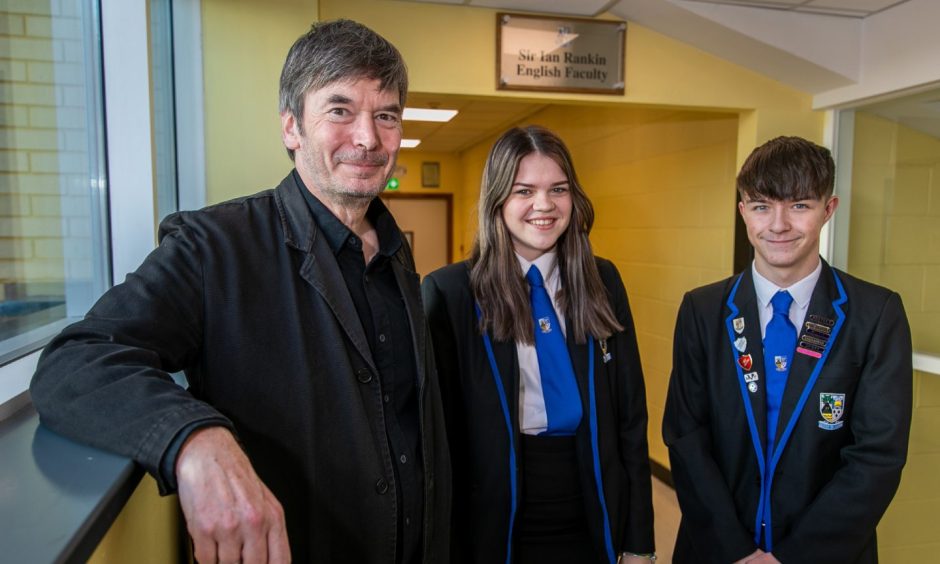
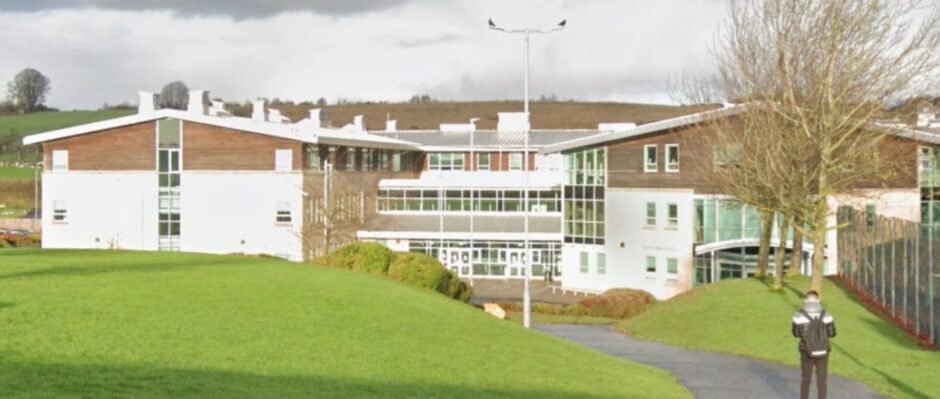
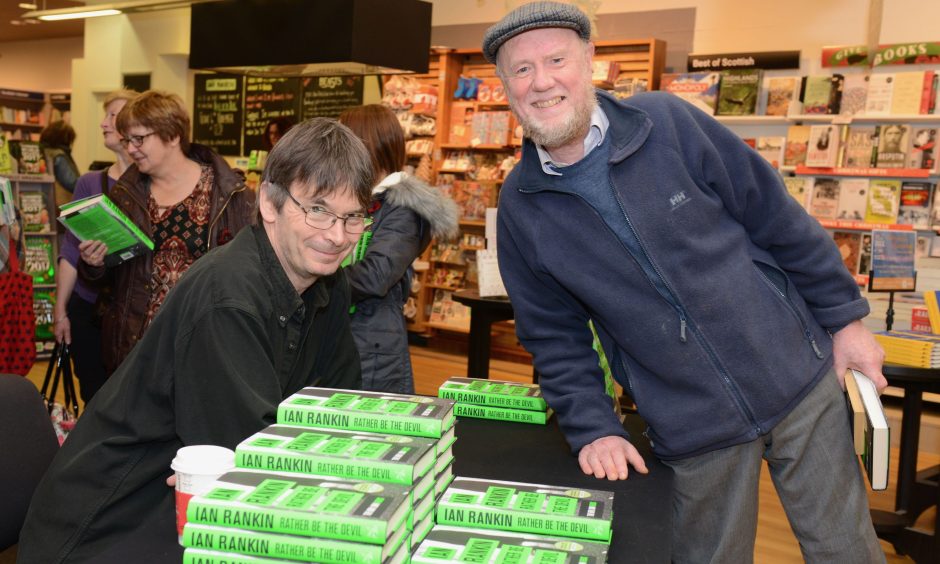
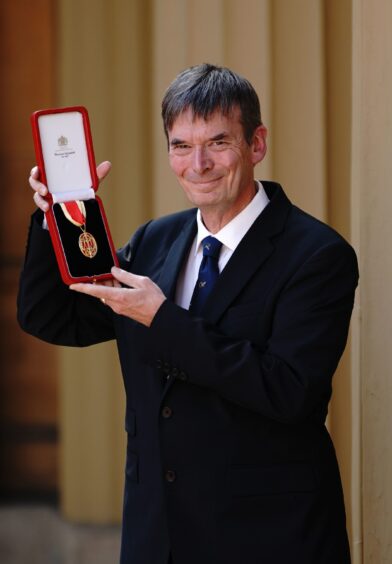
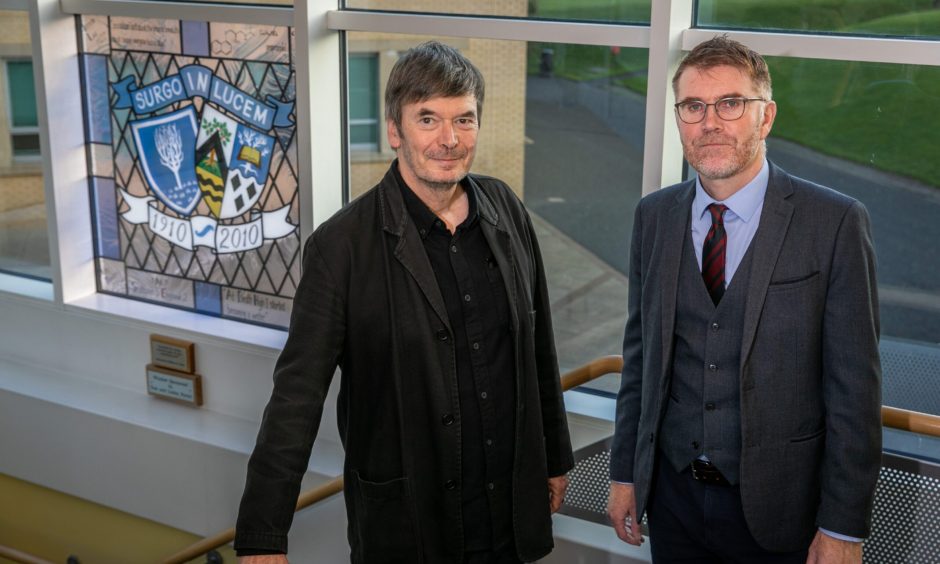







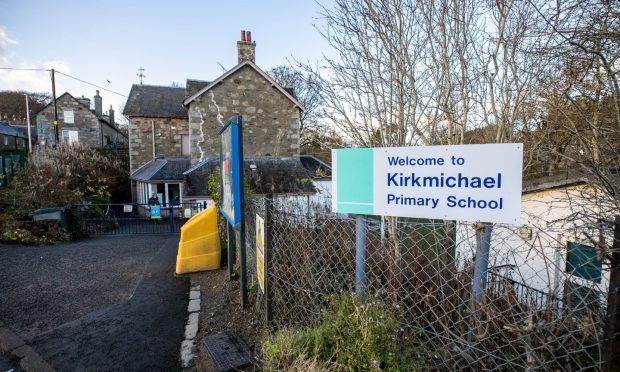
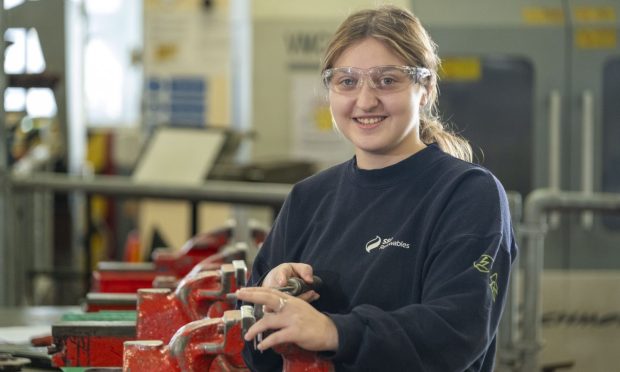
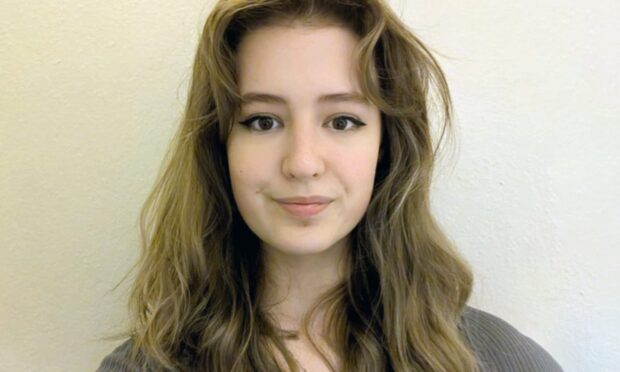
Conversation